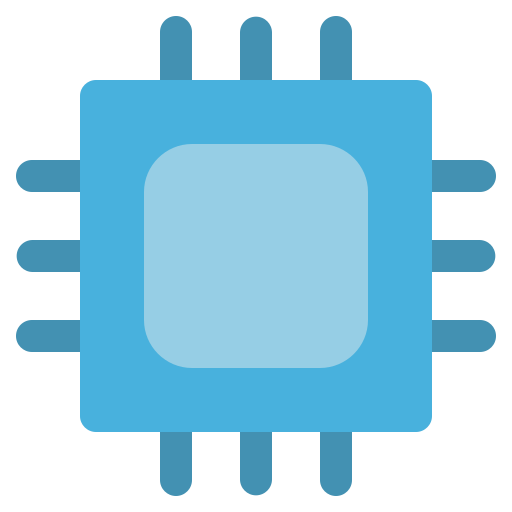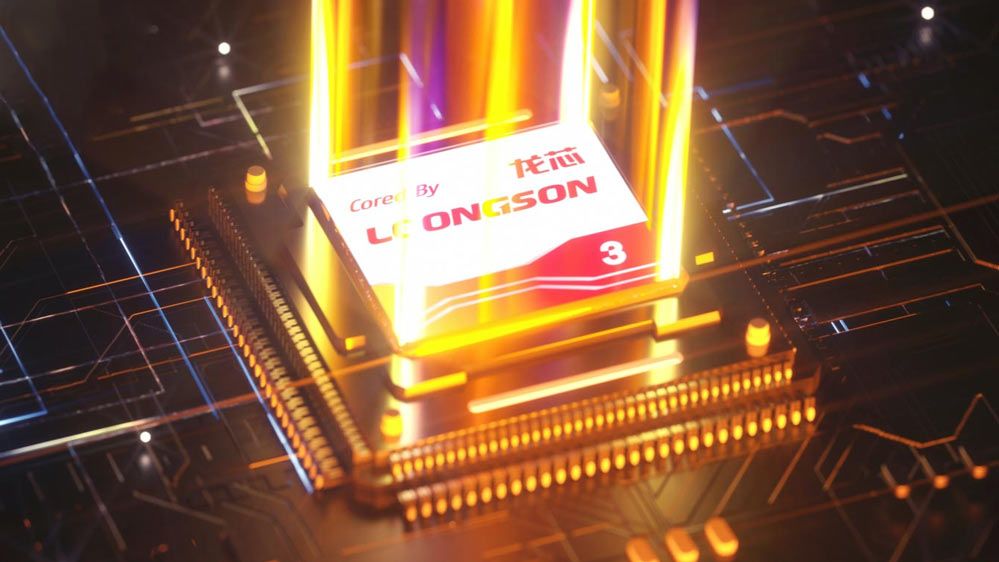I have yet to see any real world benchmarks confirming the real world performance of these Loongson CPUs.
For some of the more recent Loongson CPUs they claimed IPC parity with older AMD/Intel CPU but at much lower clock speeds; de dafcto rendering them uncompetitive.
That being said, they have a massive captive market and the CCP can essentially force (“incentivize”) the use of such CPUs without regards for performance.
IPC parity at lower clock speeds is still something. It would be interesting to see how they bench mark when controlling for clock speed differences as similar IPC would indicate that they should scale up
This Tomshardware article provides more context:
Given that the 3A6000 has such a low clock speed by today’s standards (even the Pentium Gold G7400 has a boost clock of 3.7GHz), it wasn’t surprising that Geekwan’s benchmarks showed that Loongson’s CPU wasn’t an impressive performer. It couldn’t even catch up to Intel’s 2020-era Core i3-10100, which enjoyed roughly a 20% to 40% performance advantage. Efficiency wasn’t impressive either, as the 3A6000 consumed about 40 watts to the 10100’s 30 or so watts. It’s not a great result for the 3A6000 considering the 10100’s underlying technology is actually from 2016.
That would be one hot potato :)



